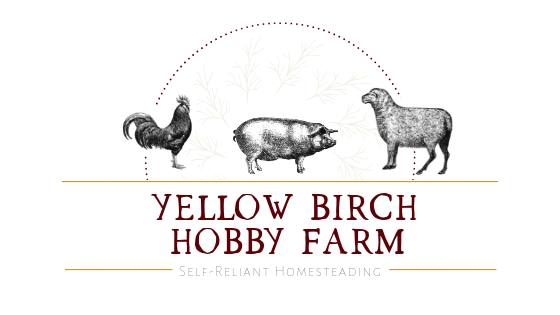The main difference between a weighted gauge and a dial gauge is that the weighted gauge canner has a weight on top that will jiggle or rock frequently to maintain pressure whereas a dial gauge canner requires that you adjust the heat of your stove according to how much pressure the dial is reading.
Weighted Gauge {left}, Dial Gauge {right}
Both types achieve the same common goal: to help you safely can your low acid foods such as vegetables, meat & meat stock, seafood, or food products which have combined low & high acid foods (such as spaghetti sauce which might include high acid tomatoes with low acid peppers or onions, etc.). These foods must be pressure canned in order to reach a temperature of at least 240 degrees (only achievable through pressure canning) in order to kill the microorganism Clostridium botulinum, whose spores can thrive in low acid foods.
~*~
1. The first thing you should always do before canning is make sure that all parts of the canner are in good working order. Check and make sure the vent tube on the top is clear of any blockage. You can do this by removing the lid from your canner and holding the vent tube up toward a light and look through it. Check the rubber gasket that fits inside under the lid- make sure it’s clean and intact.
2. Place the jar rack into the bottom of the canner and, depending on the size of your canner, add 2-3 quarts of water into it. For my tall weighted gauge canner, I add 2 quarts; for the shorter/wider dial gauge canner, I add 3 quarts. If you do not have a manual with your canner or if the recipe you are using does not specify how much water to add, you will want the depth to be 2-3 inches. I would also suggest adding 1 Tbs. vinegar (or 1 tsp. cream of tartar) to the water so that your jars come out clear.
3. Add your filled jars and secure the lid by lining up the arrows, pushing down gently, and turning to lock the lid. Your handles should be lined up evenly.
4. With the counterweight or pressure regulator OFF {not to be confused with a weight like those found on a weighted gauge canner}of the vent pipe, turn your stove on high heat. Once steam is released freely in a steady stream, allow your canner to vent continuously for 10 minutes.
5. Place the counterweight/pressure regulator on the vent, at which point your canner will begin pressurizing.Watch the dial as the pressure builds- when it is within 1-2 pounds of your target pressure (ex. your recipe calls for you to can at 11 lbs. pressure, watch for when your dial reads approx. 9 lbs.), slightly lower the heat on your stove. This way, you will ease into the target pressure rather than flying right by it due to too high of heat. Once you’ve reached the correct pressure, you can begin timing.
**Note: you will want to keep an eye on the dial and adjust the heat of your stove accordingly. If the pressure drops below the poundage called for in your recipe, you will need to bring the pressure back up to where it needs to be and restart the processing countdown time.**
6. When the processing time is complete, turn off the burner on your stove. With oven mitts on, carefully lift (not drag) your canner from the burner and set it on a cool burner or cooling rack. Allow the pressure to drop on its own. You will know that all of the pressure has been released from the canner once the air vent (or cover lock), as well as the overpressure plug have sunk back down. You can further make sure that there is no longer pressure inside of the canner by removing the pressure regulator and seeing that no steam escapes. After removing the pressure regulator, allow the canner to sit for another 10 minutes.
7. Carefully remove the lid from the canner by turning it counter-clockwise and then opening it so that the dial is toward you while the steam escapes on the other side (not in your face). Remove the jars with a jar lifter and allow them to cool on racks or a few layers of towels.












Thank you for the simple and concise instructions . I’ve been water bath canning for a couple of years and wanted to expand to pressure canning; but without a teacher it felt daunting. Doesn’t seem so hard after all. Thanks again for sharing!
Sara N.
You’re welcome, Sara! I think a lot of people are intimidated by pressure canning, but the truth is that pressure canners today are very safe, and once you’ve done it once, you will always remember how. Glad you’re looking forward to giving it a go!
Best wishes, Erin.